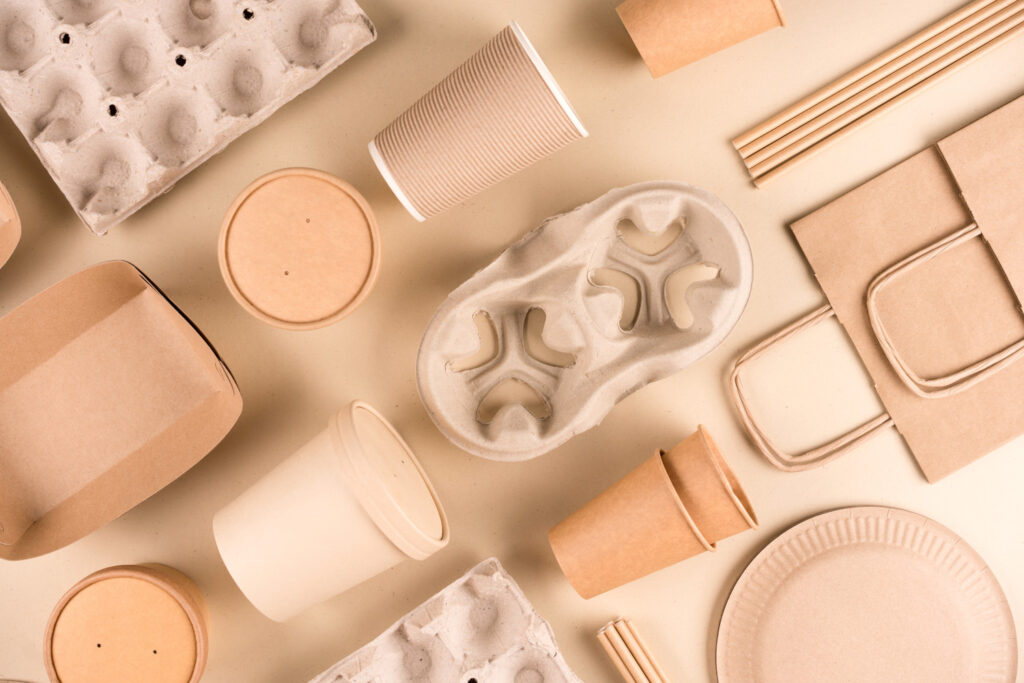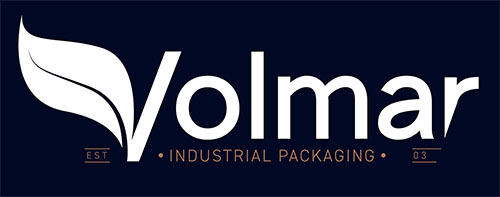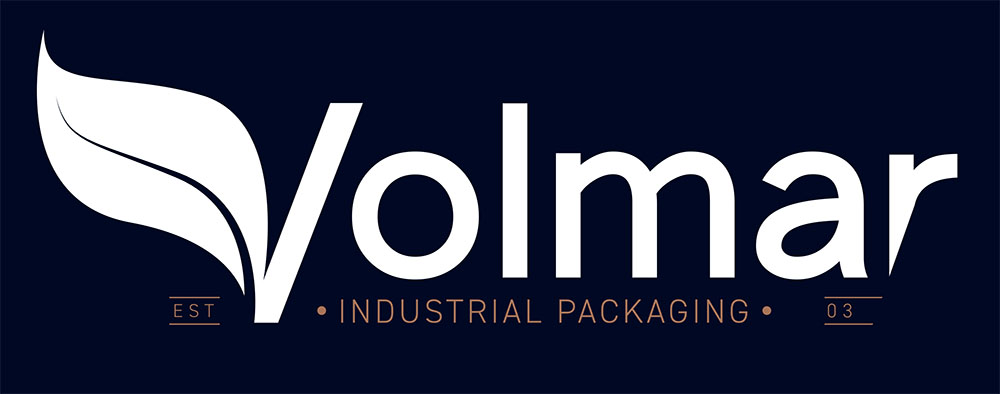
Eco packaging reduces the ecological footprint of packaging. It uses materials with a low environmental impact, including recyclable, biodegradable and compostable raw materials.
It is a sustainable approach to packaging design, where the packaging can be recovered, recycled and reused in line with the principles of the circular economy. Let’s see the characteristics of eco food packaging, the materials used and the advantages of it.
What is eco packaging?
Eco food packaging is sustainable packaging that can be recycled and has a low environmental impact. It must also meet a series of requirements that applies to any food packaging, to provide an adequate barrier effect and preserve the product perfectly during its shelf life.
Eco packaging can be recyclable packaging when the materials used to make it can be recovered and reused to produce other products. Some fully recyclable plastics are one example, which must be sorted and disposed of, and require fewer resources for their production.
Eco packaging also includes biodegradable packaging, which is made with materials that naturally decompose quickly as they are broken down by bacteria and microorganisms. This occurs by way of an aerobic or anaerobic biodegradation process, and biodegradable eco food packaging must decompose by 90% within 6 months.
Another type of eco food packaging is compostable packaging, which is made with materials that meet the requirements of standard UNI EN 13432 and can be converted into compost when they decompose. In order to be classified as compostable food packaging, 90% of it must disintegrate in 3 months and it must pass ecotoxicity tests.
Eco packaging materials
Eco packaging can be made with various types of recyclable, biodegradable and compostable materials, according to the level of sustainability required and the protection and preservation performance. At the same time, it’s important to consider other aspects too, such as the temperature of the food, transport and the environmental conditions to be maintained.
Let’s see the main materials used to make eco food packaging:
- PLA (Polylactic acid): a bioplastic that is suitable for contact with food and a polymer obtained from raw materials of vegetable origin such as corn, wheat and beet. It is also available in the form of films, such as PLA films, which are ideal for packaging fresh and dry foods like salads and cookies.
- PBS: polybutylene succinate makes good-quality food packaging. It is a material that can also be 100% eco-friendly if it is made from cellulosic material.
- Bagasse: a biodegradable material obtained from sugar cane, which is used in some food containers and recipients that are microwave and oven safe. It can also hold hot foods or liquids so it is a possible option for oily food products.
- Mater-Bi: a family of fully biodegradable and compostable bioplastics used to produce films for food packaging and thermoformed solutions like trays and rigid food containers.
- PHAs: polyhydroxyalkanoates are biodegradable plastics obtained from organic starch-based products, like raw materials such as corn, potatoes, vegetable oils and maize. They are mainly used for food packaging in the fruit and vegetable sector but other applications of PHAs are being studied for other food products.
Pros and cons
Eco packaging offers a number of advantages but there are also some issues that must be considered. Firstly, it’s possible to reduce the carbon footprint of foods, using more eco-friendly materials that help to lower the ecological footprint of products. This is important for companies to align with European objectives on reducing CO2 emissions and to optimize their corporate sustainability strategies.
Secondly, eco packaging helps to make products more competitive on the market, given consumers’ growing awareness of environmental issues. It’s also possible to improve the brand’s reputation, creating a brand image that is more popular with consumers by promoting its commitment to the environment and to combating the climate crisis.
However, in some cases eco packaging can be more expensive for companies, especially when they choose the most innovative packaging made using complex or new processes that are not yet widespread. It’s also important to ensure eco packaging does not offer inferior levels of preservation and protection, carefully choosing products that offer the best performance for safe, reliable and economically sustainable packaging.
Volmar Packaging offers specific solutions for environmentally sustainable food packaging, with a range of high-quality eco-friendly products to protect and preserve foods effectively. Options include packaging made of PLA, Mater-Bi or cellulose derivatives, rigid and flexible films composed by recycled materials, also available in a high-barrier version, plus an array of useful solutions to reduce the ecological footprint of foods without compromising their shelf life.

